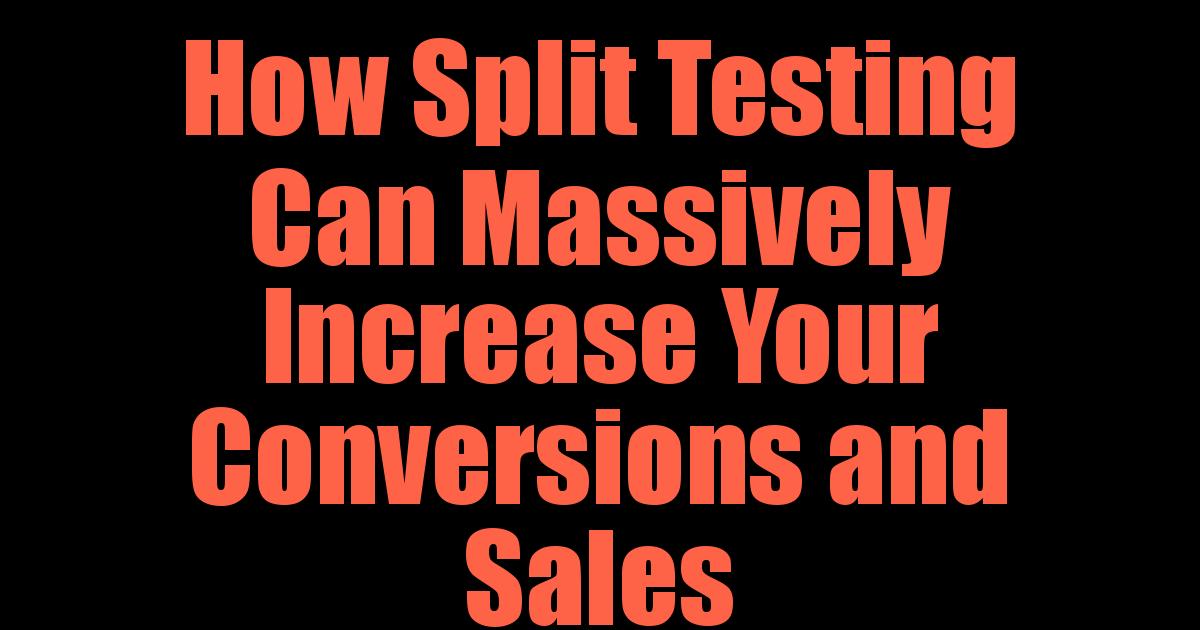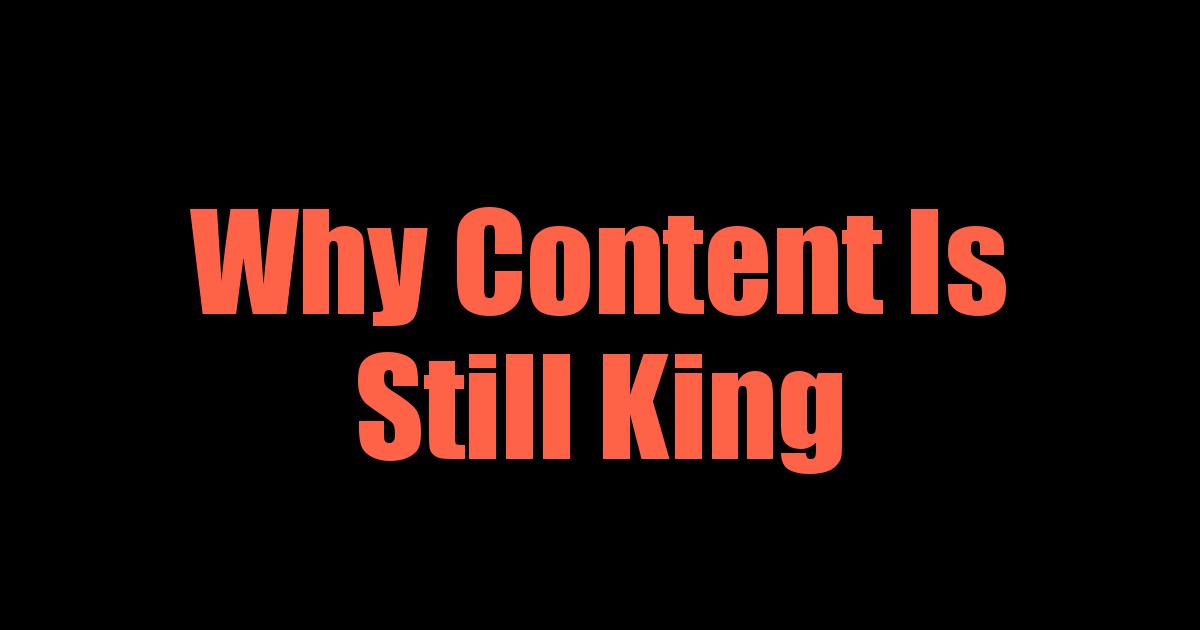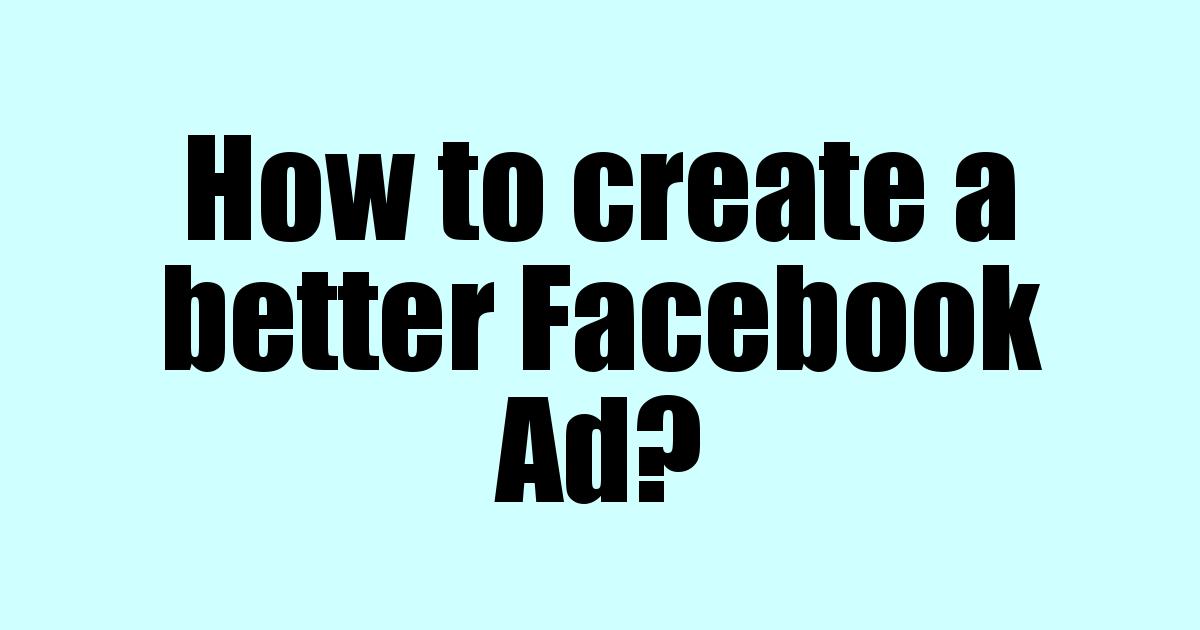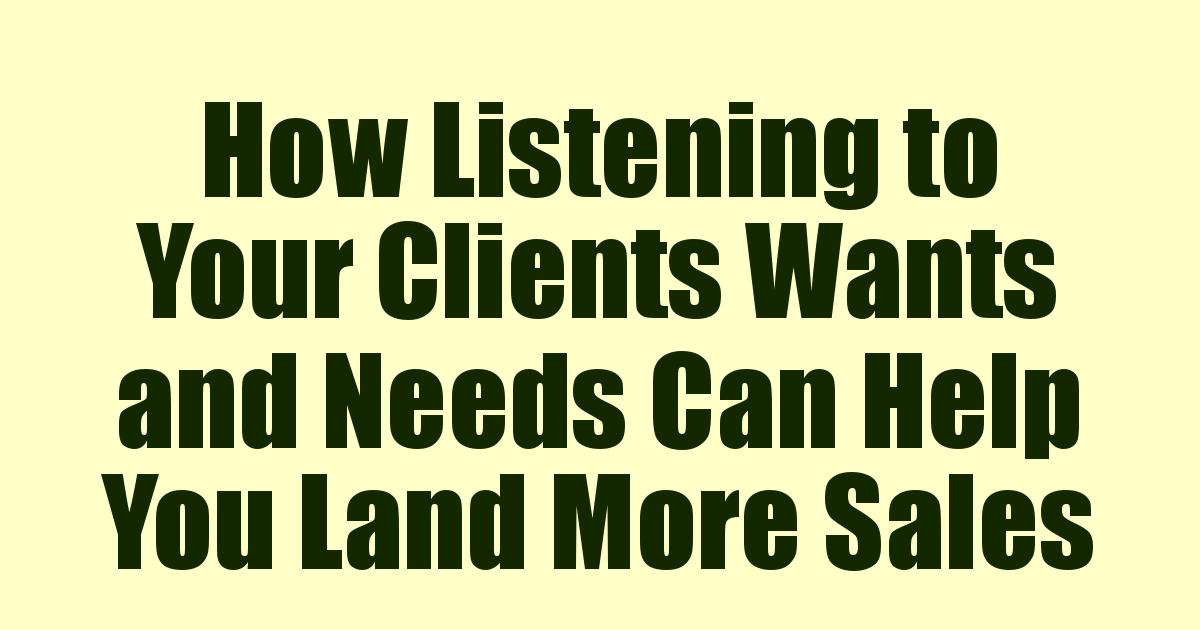How To Use Social Media Effectively
According to a survey conducted in the United States a stunning 90% of businesses were active in some way on social media in 2017. Facebook alone, has close to 1 billion users, equal to the total population of India, all over the globe.
The world has progressed to the point where everyone wants everything right at their fingertips. They want what they want constantly and they want what they want NOW. That is the number one rule of social media. If it’s used effectively the rewards are great. You want a social media page that
• Is active
• Has a large, engaged, and growing following
• Speaks to a large, relevant audience that translates into business conversions.
Using social media in a way that accomplishes these things can be tricky, but it also can be done.
Consider some of the following guidelines:
1: Headlines Matter:
You may have heard this famous proverb “don’t judge a book by its cover” but let’s be honest with ourselves. We are visual creatures who often act on the first thing we see, and authors seem to agree with marketing experts that the cover very much matters. Creating effective social media headlines takes some practice. Headlines should be catchy, attention-grabbing, and the appropriate length depending on your platform.
2: Compelling Visuals:
What we see is more important online than what we hear or read. Visuals play a vital role in all social media campaigns. The use of compelling pictures and video material brings more value and attention to your posts, especially when compared to plain text. Visual posts are becoming more important on every form of social media, but many platforms like Pinterst, Snapchat, and instagram rely on visuals entirely, and their popularity continues to soar.
3: Adapt According To Your Platform
Whether you’re working with Facebook, Instagram, Twitter, or any other social media site, each platform is going to come with a set of features. Most sites allow you yo post links, videos, and images along with your engaging text posts. Each platform is different, however. Instagram for instance offers various filters and focuses primarily on posts related to graphics, photos, and other visual posts. The nature of Instagram makes it ideal for sharing art. Twitter on the other hand, while it allows some of these features, is better for shorter blurbs and other text-based posts. Character limits require to you get your information out there short and quick, and as a far more active program you have to post CONSTANTLY to keep up with your following and your competition.
Whatever platform you’re using, you’ll need to familiarize yourself with the individual social media site and adapt accordingly.
3: Trending and Timely:
Twitter perhaps began this concept, but Facebook and other platforms are adopting the concept of trends and hashtags as well. It’s important to follow what’s going with these trends, as well as what people are talking about on social media in general. Your posts must be timely, and fall in sync with current trends to remain engaging and capture the attention of your audience. Give them content that’s relevant.
You’ll have to experiment with your content strategy as far as when to post. Some audiences and topics trend at different times of day depending on the behaviors of their audience. What are their work schedules and daily routines? Try to pinpoint the times that they’re most on and post accordingly. This may require some trial and error at first, but as you tweak your posting schedule you’ll want to adjust and post mostly during the times that get the most engagement (likes, clicks, comments, shares etc)
Of course most of us aren’t available to post on social media 24/7, fortunately you may not have to. Many features like Facebook’s auto-scheduling program can make your life much easier as they allow you to schedule your posts in advance.
4: Cast A Net Of Posts:
Using a net can catch more fish for you than using a fishing rod. Its wider and has more reach. The same concept can in some ways be applied to social media. The algorithms of your visibility very much depend on the activity of your page. The more you post the more likely you are to be seen. One or two posts a day is good, but at some point it may not be enough. You want relevant content your audience will appreciate, so don’t just spam post, but have your content planned in mass and in advanced. Five or more posts a day may be ideal to start, but you can experiment with the number of posts you plan as you measure engagement.
4: Interact With Users:
Interaction with your users is an important, but neglected step in social media management and influence. First, many pages like Facebook measure your pages response times and rates and will sometimes post them publicly. You want to be as responsive and interactive as possible in your profiles inbox system, and even on your posts.
Users are more likely to engage if they feel connected with your brand on a personal level. Answer questions, respond to criticism, and above all, be friendly and polite. Let your users know there’s real people behind your page.
5: Keep The Content Coming
One of the biggest struggles for many businesses and users in social media is consistency. Creating content is more tedious than you would think, but it has to be done all the time. New content every day, fresh and original, is one of the biggest keys to success in social media.
Not everyone has time for content posting and creation, especially in a way that keeps up with the demands. With content constantly rolling out, you need to keep your pages busy.










